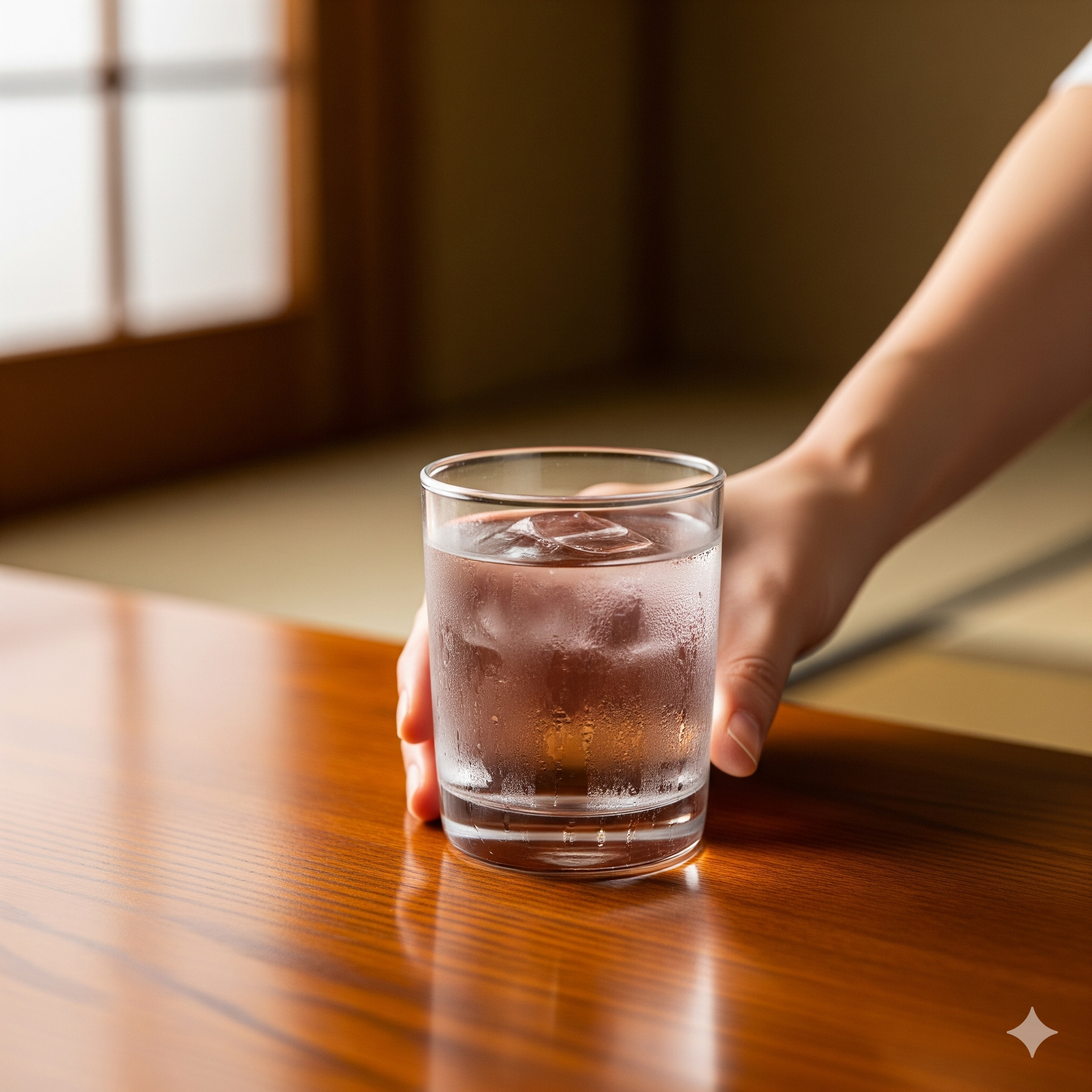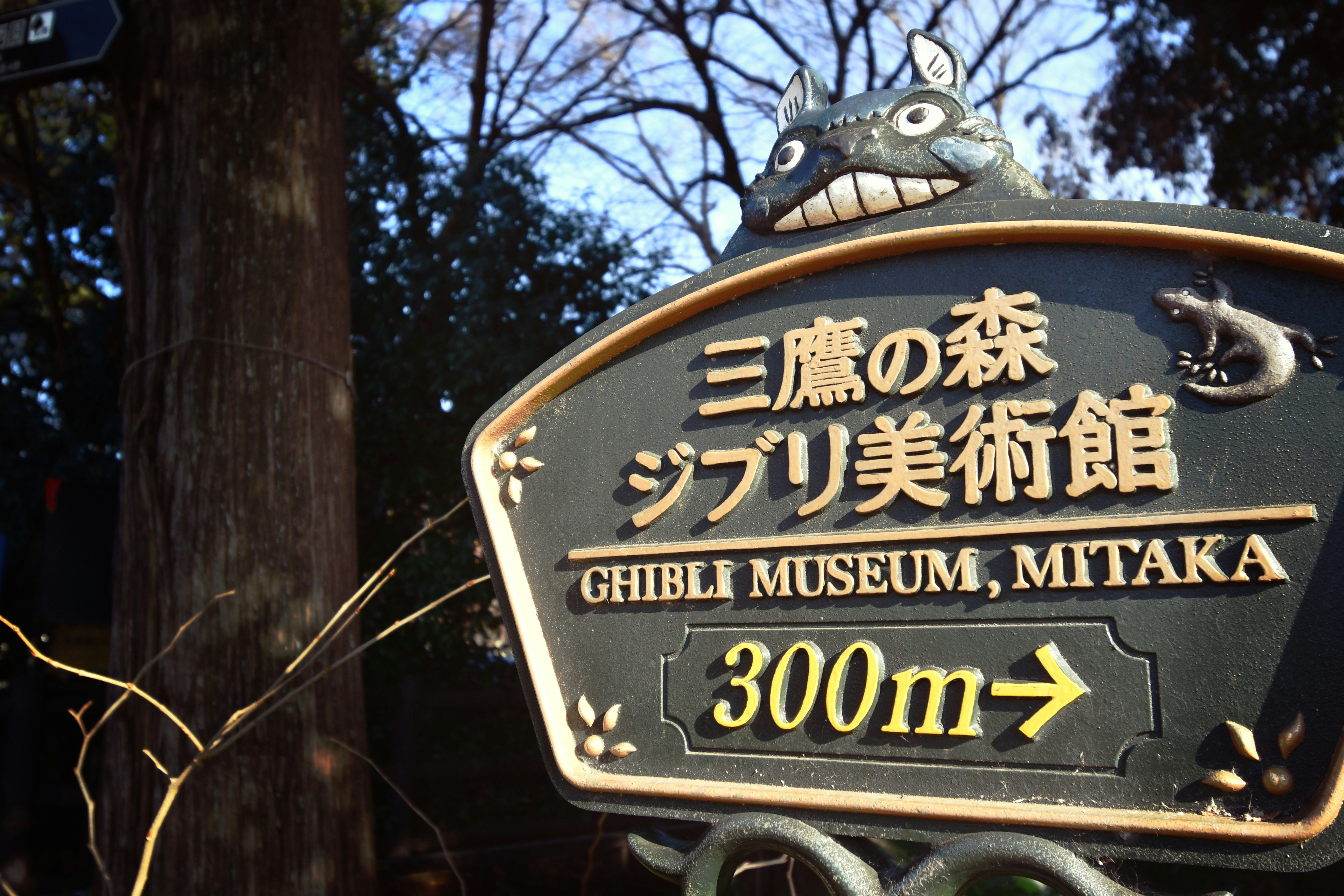Free Water at Japanese Restaurants? What Tourists Get Wrong About “Ohiya”

A majority of tourists in Japan are surprised when they are served a small glass of water—or sometimes tea—upon entering a restaurant. Complimentary water in Japan is called "ohiya," and it's part of the local dining etiquette. Misconceptions about ohiya, however, lead to confusion or even slight faux pas. Following is what you need to know about complimentary water in Japanese restaurants.
What "Ohiya" Actually Is:
Ohiya literally translates to "cold water" in Japanese. It is typically served to customers automatically upon seating, even before ordering. It is meant as a gesture of welcome to customers and to help satisfy thirst while browsing the menu.
It's Free, But Not Always Expected:
Ohiya is complimentary and will not be included on the bill. Some restaurants also serve hot tea or barley tea (mugicha) instead of water. Not all restaurants offer ohiya, particularly smaller establishments or special restaurants, so don't assume it will be served.
Tourists' Common Misconceptions:
Some think that if water is served automatically, they are expected to drink all of it. Actually, it is a courtesy but not a requirement. Some guests try to tip for ohiya, but tipping is not practiced in Japan. Tourists occasionally mistake ohiya for a beverage that they ordered; it is a courtesy, not a menu item.
Cultural Etiquette of Ohiya:
Accept it with a smile, whether you consume it or not. Refills are typically required without being asked, but it is courteous to inquire if you need more. It is traditional to have ohiya before the main dish—it's a way of refreshing oneself before eating.
Why Ohiya is Offered in Restaurants:
It creates a welcoming environment and shows attentiveness to patrons. Helps to make restaurant-goers feel at ease in restaurants, especially during summer. Symbolizes Japan's cultural emphasis on hospitality, or "omotenashi."
Tourist Tips:
Do not worry about drinking the last drop; small sips are acceptable. Accept ohiya graciously; refusal may be rude. Remember that other complimentary beverages, like tea, may be offered depending on the restaurant type.
Understanding ohiya allows travelers to navigate Japanese restaurants confidently. This small courtesy embodies the country’s focus on hospitality and attention to detail—so the next time you’re served a glass of water or tea, you’ll know exactly what it means and how to respond politely.



